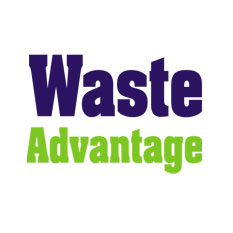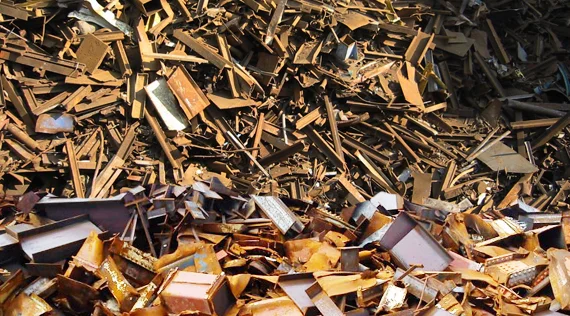New Tool Aims to Increase Recovered Paper Quality
Paper Recycling | 2019-09-13 06:16:35
Every bale contains a certain percentage of "yield," representing usable fiber suitable for making paper of various grades.
SEATTLE (Waste 360): To provide companies in the recovered paper (RCP) industry with insights into their RCP quality, an El Segundo, Calif.-based analytics provider has developed an assessment tool.
A joint venture of Voith and Boston Consulting Group Digital Ventures, merQbiz was founded in January 2017 and recently released BaleVision, a quality performance solution that combines an assessment tool with comprehensive data services.
“The BaleVision quality assessment device is able to measure detailed data on fiber content, moisture, plastic, ash and other bale contaminants,” says John Fox, president and CEO of merQbiz. “The insights generated from the analytics platform also take into consideration market factors such as pricing data and seasonality trends.”
BaleVision has two primary components: a measurement device that utilizes near-infrared (NIR) technology to measure bale content from the inside out, and a data visualization and analytics platform that provides actionable insights via dashboards and customized data tools.
“Digital transformation and data-driven decision-making are the future of the RCP industry. With paper quality becoming a hotter topic due to current macroeconomic factors, BaleVision provides buyers and sellers with a technology solution that helps them be proactive against the changing landscape,” says Fox. “Also, the ability to positively affect bale yield can help decrease landfill output and support sustainability goals.”
RCP quality refers to the measurement and makeup of the contents of a paper bale. Every bale contains a certain percentage of "yield," representing usable fiber suitable for making paper of various grades. Yield might typically range from 75 to 85 percent, while the remaining bale content consists of plastics, metals, ash and other contaminants, according to Fox.
Courtesy: https://www.waste360.com
 By
By 